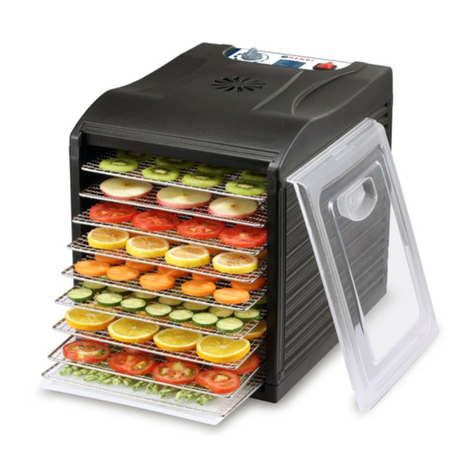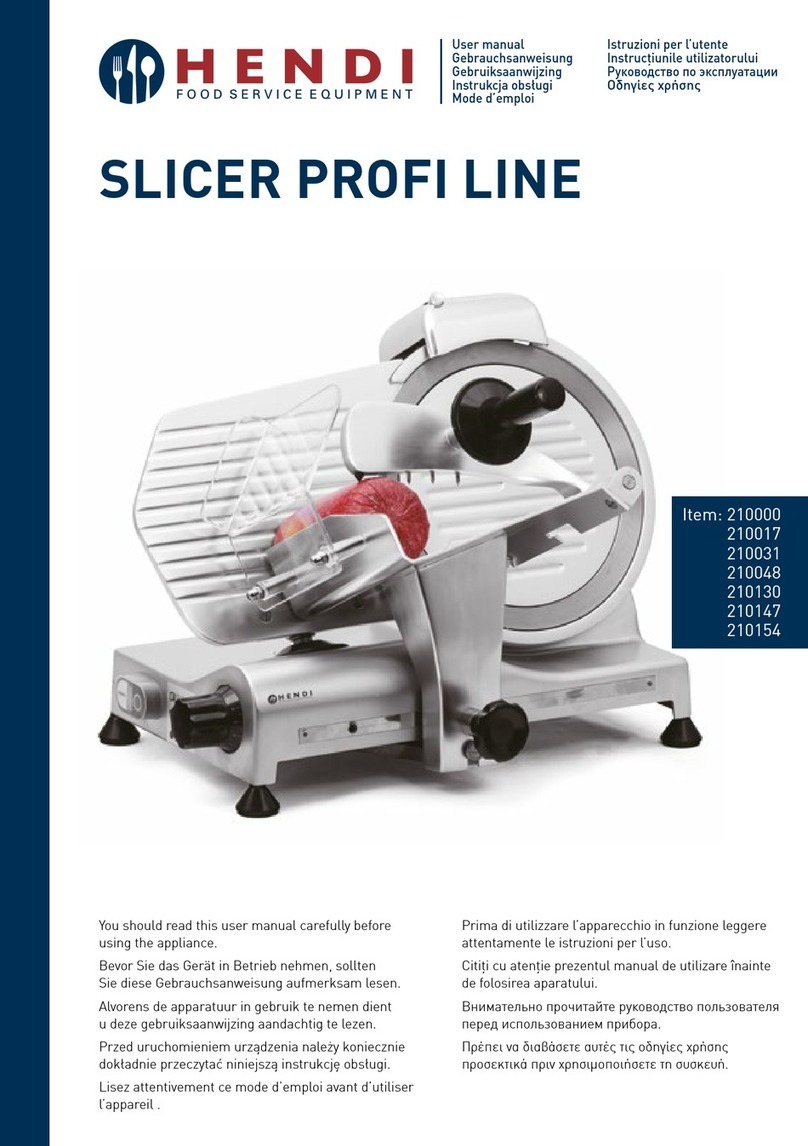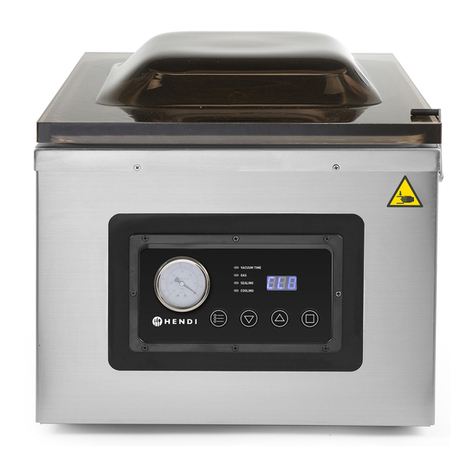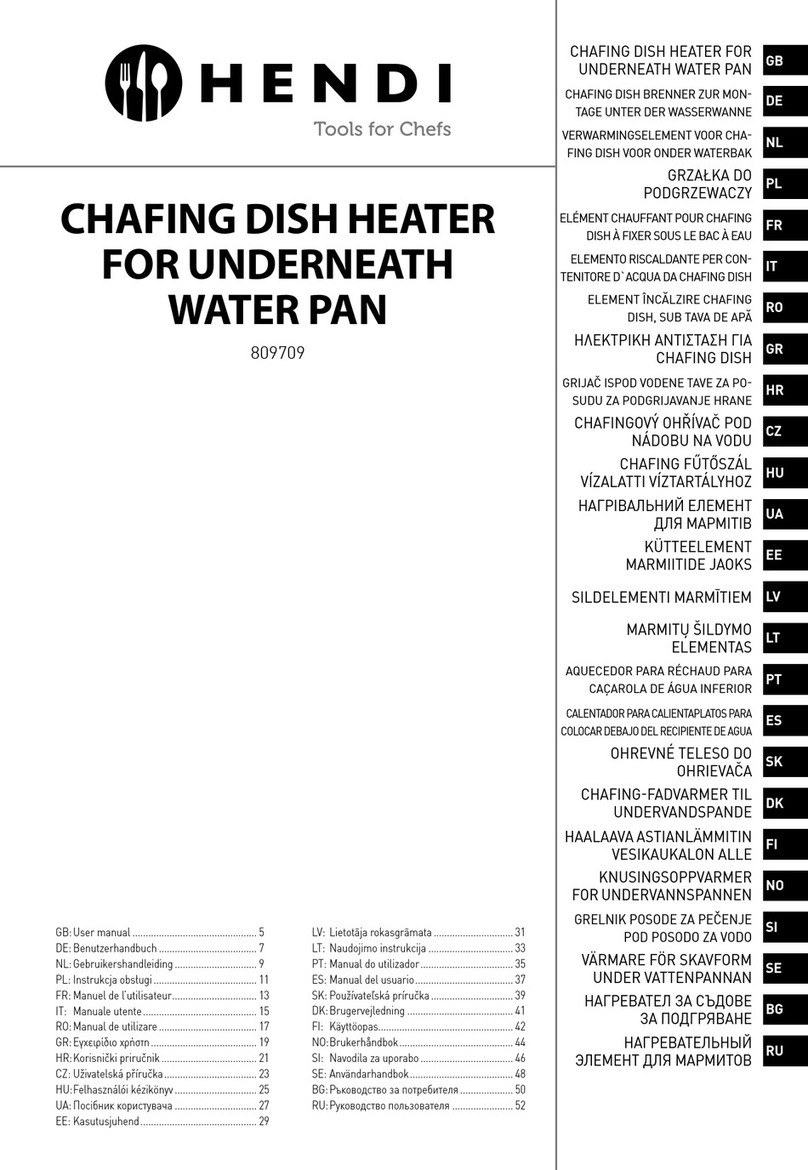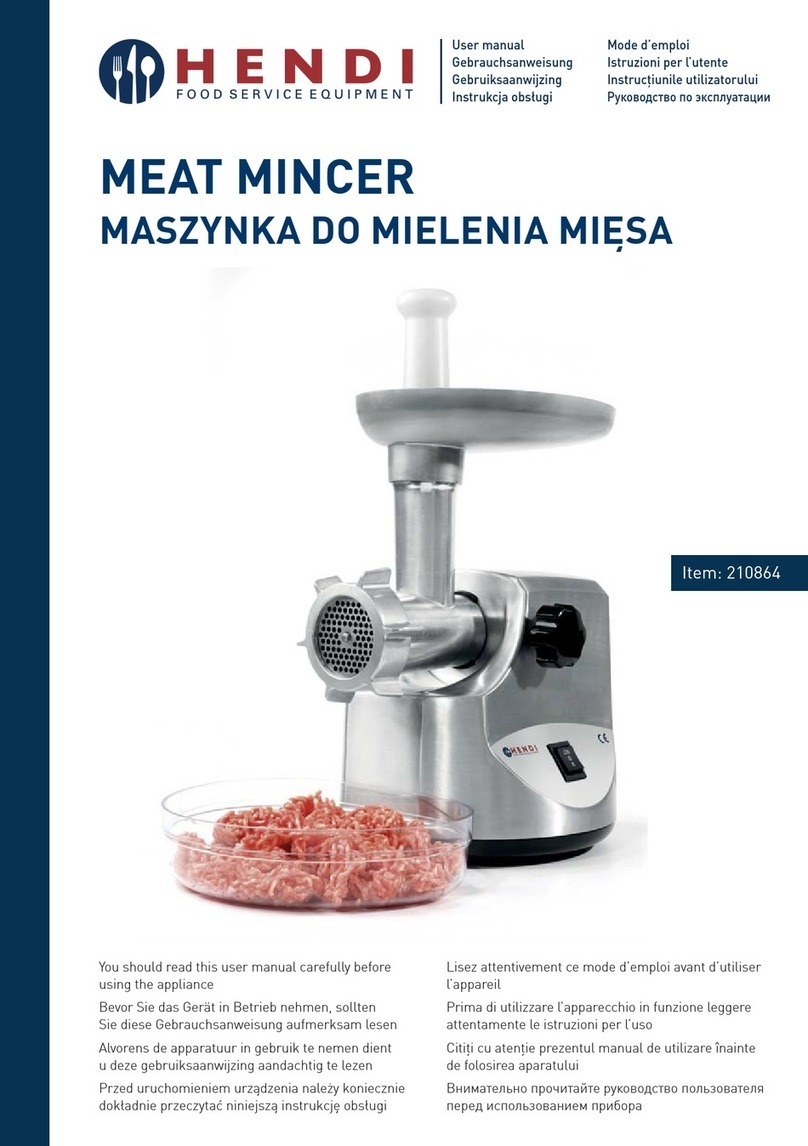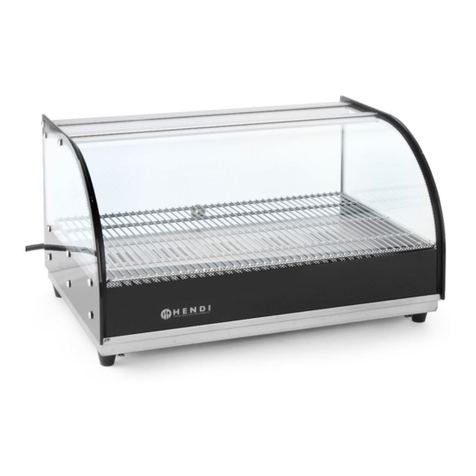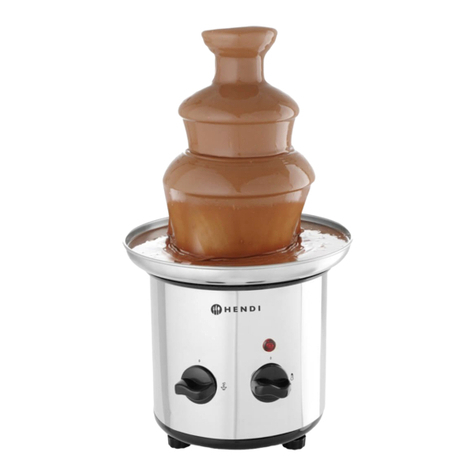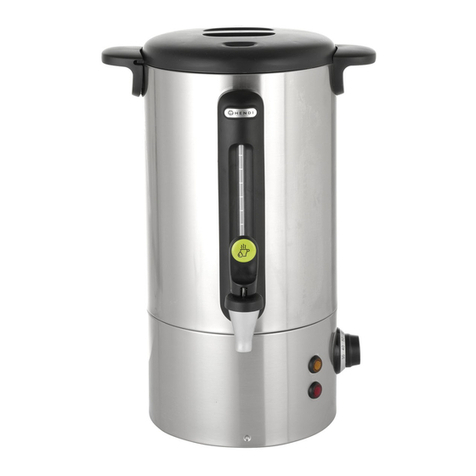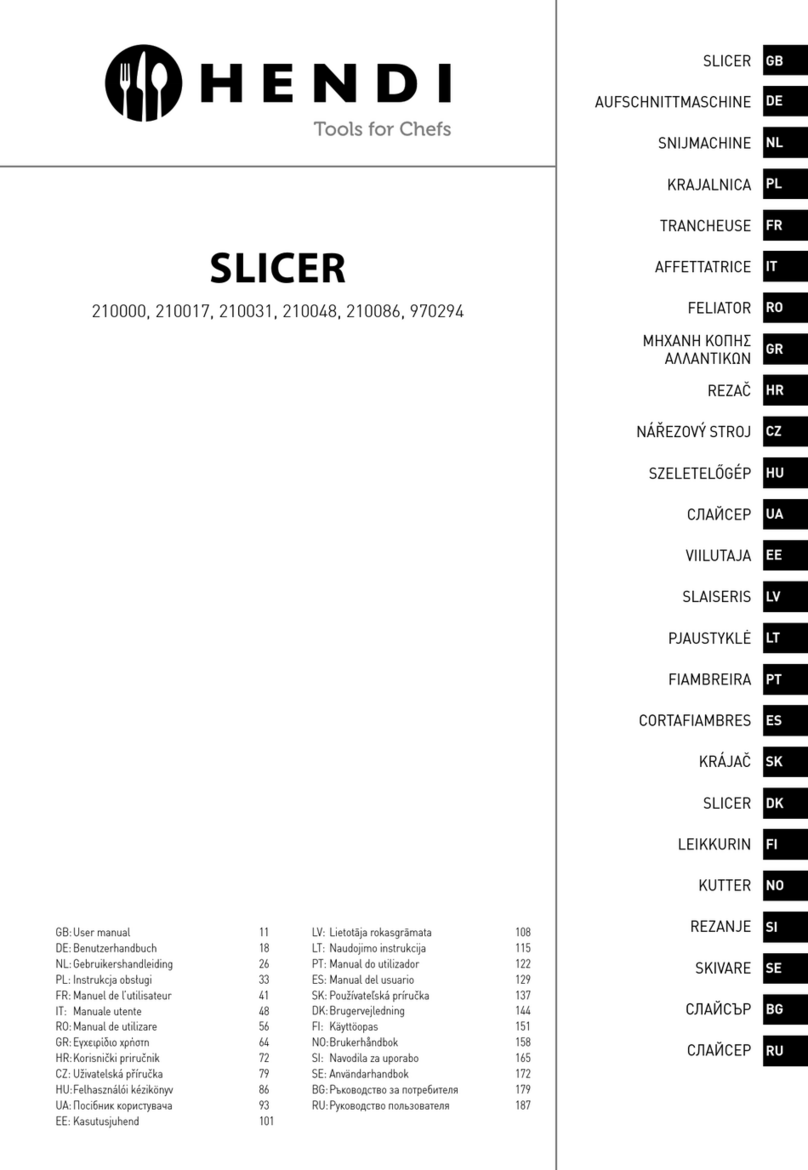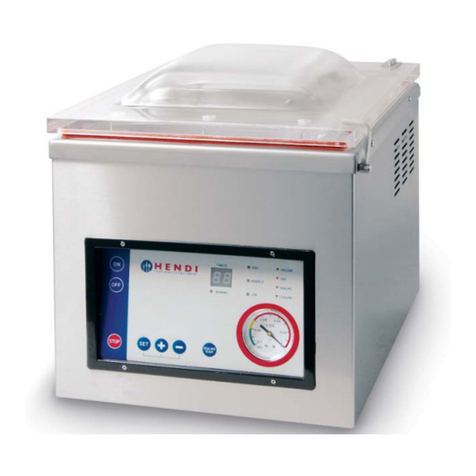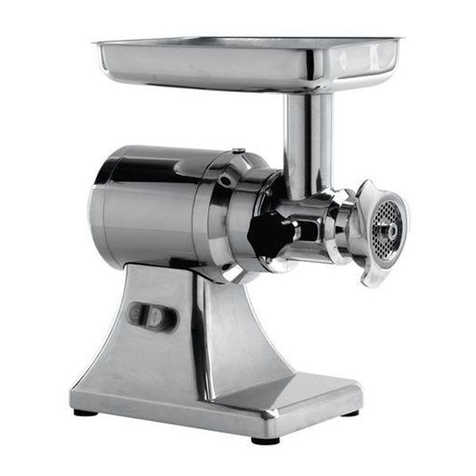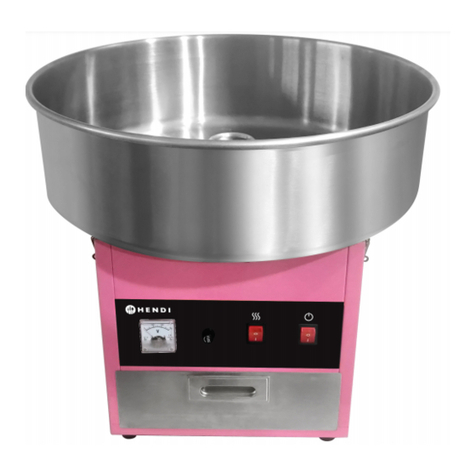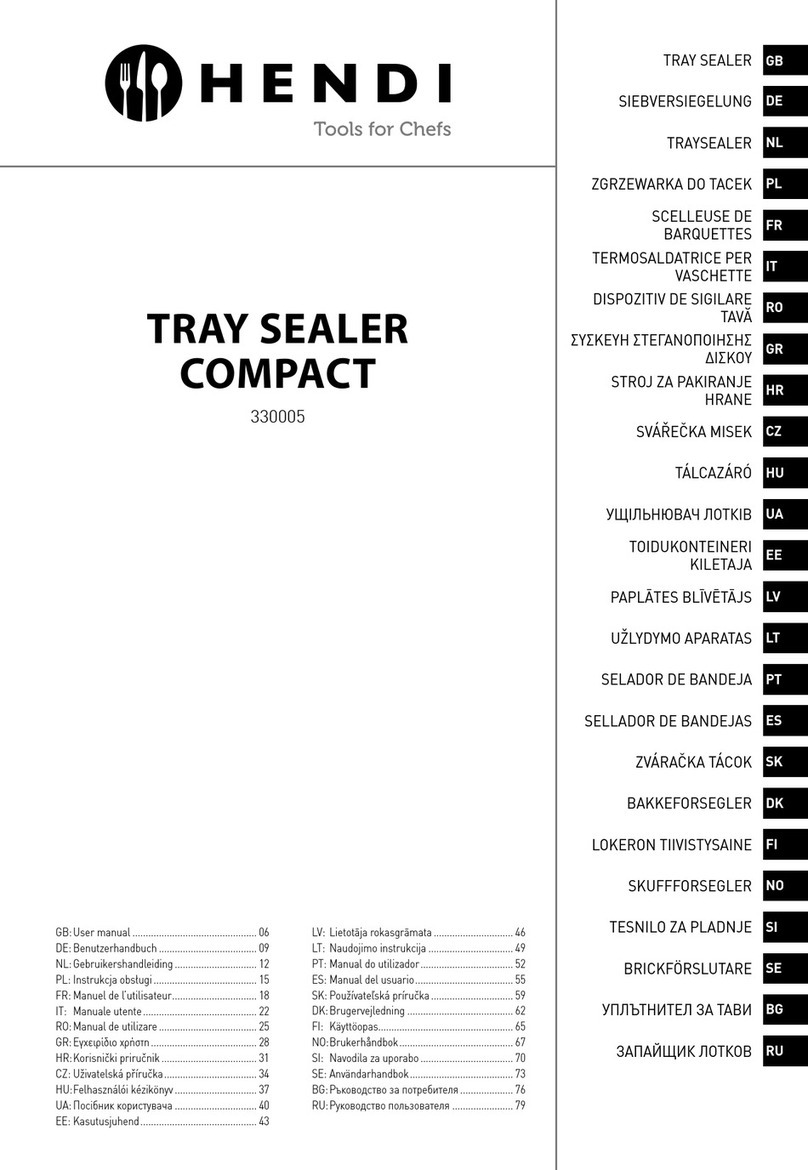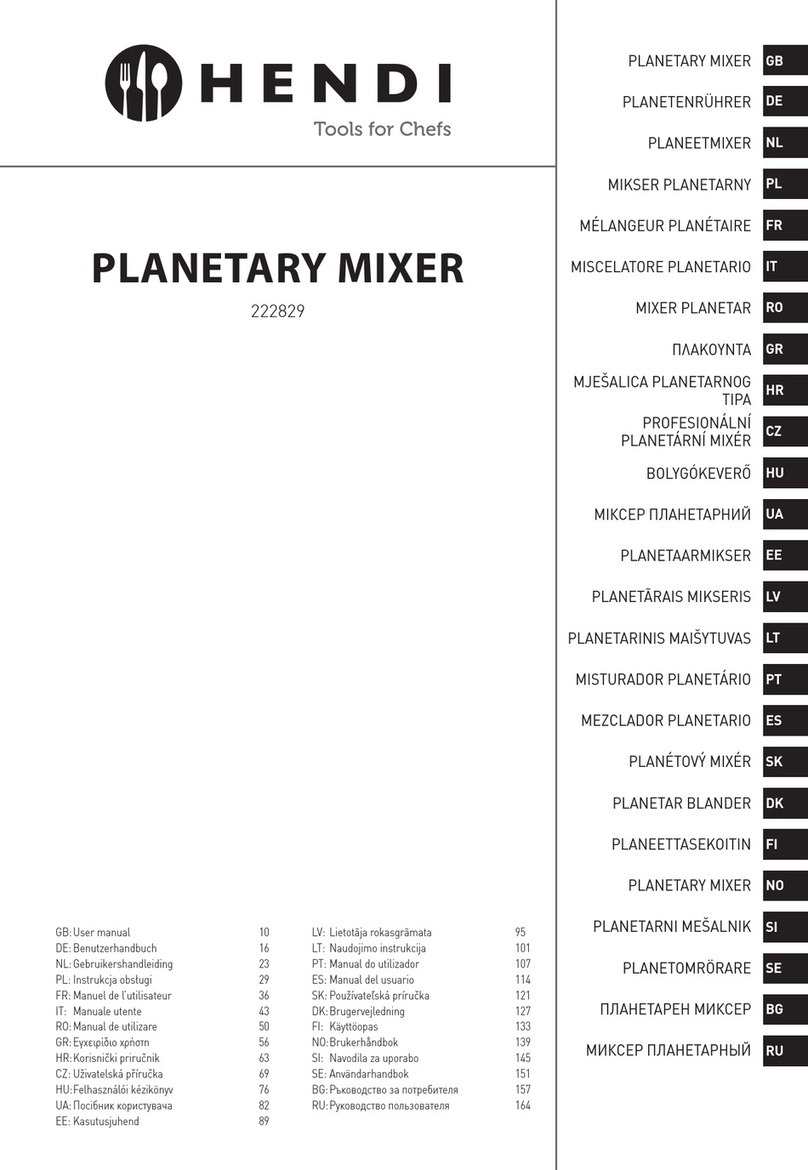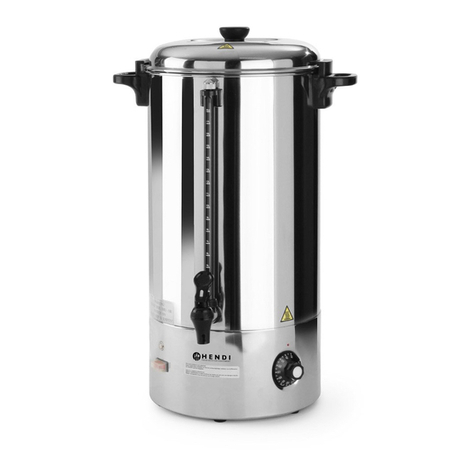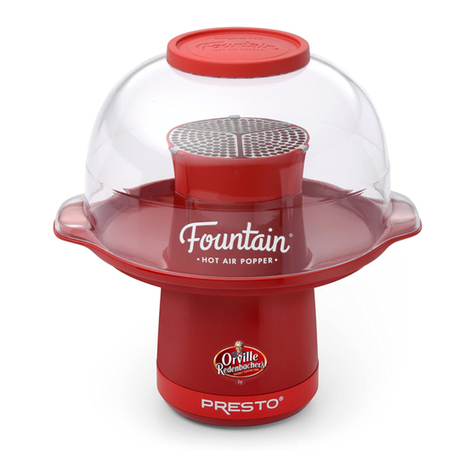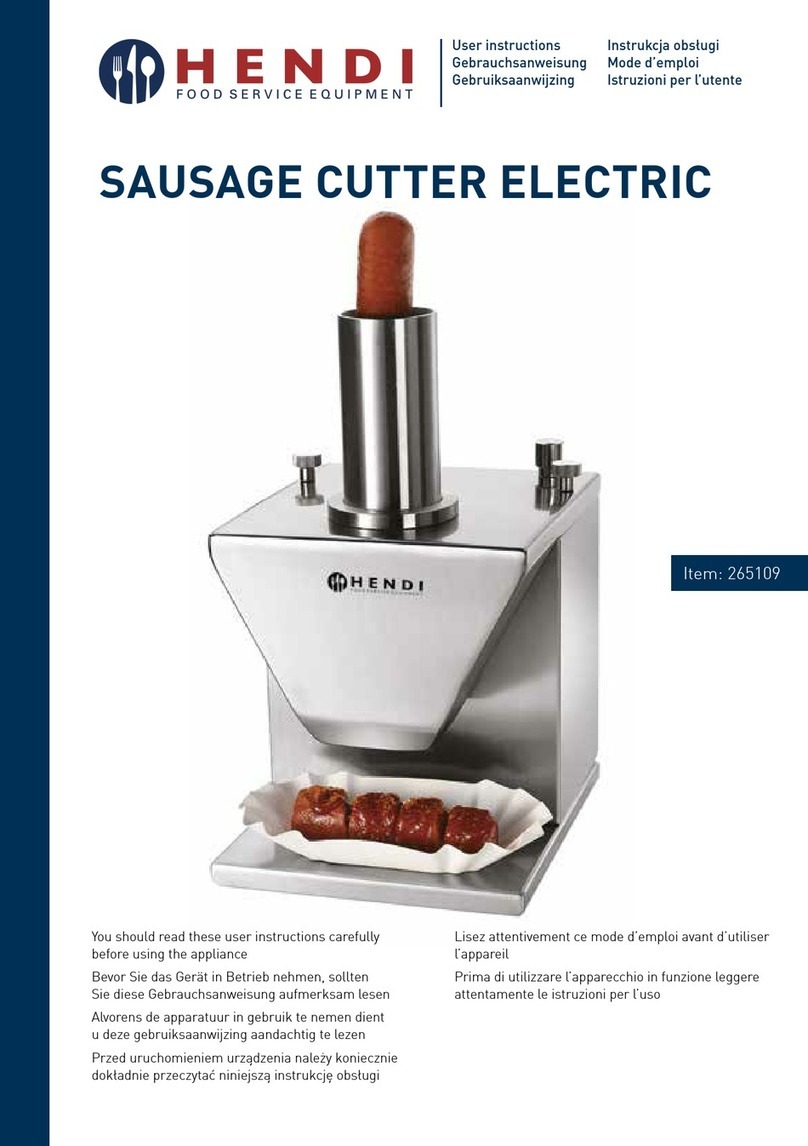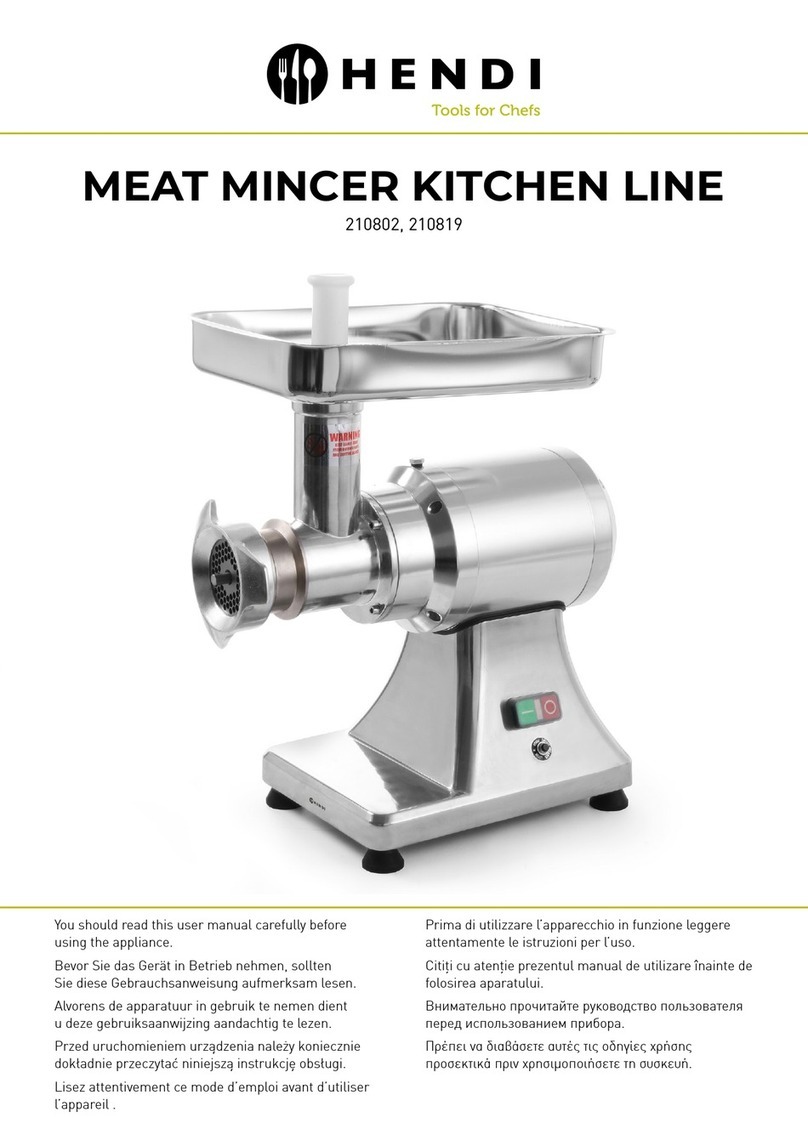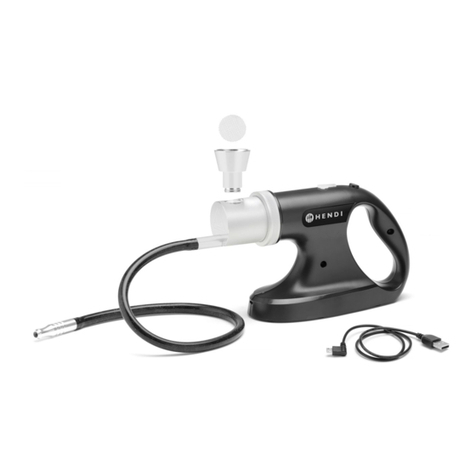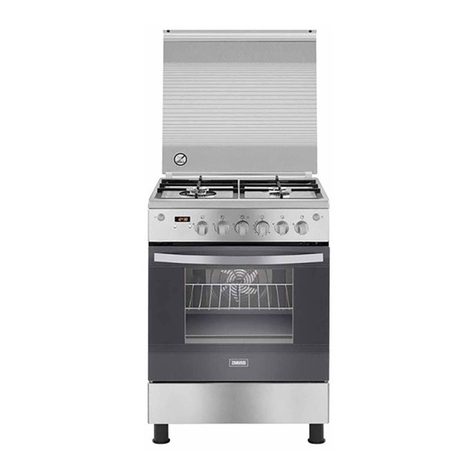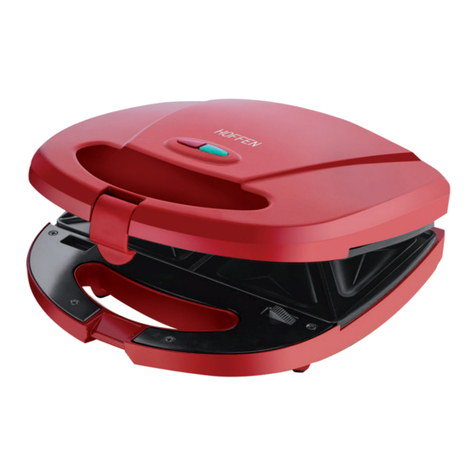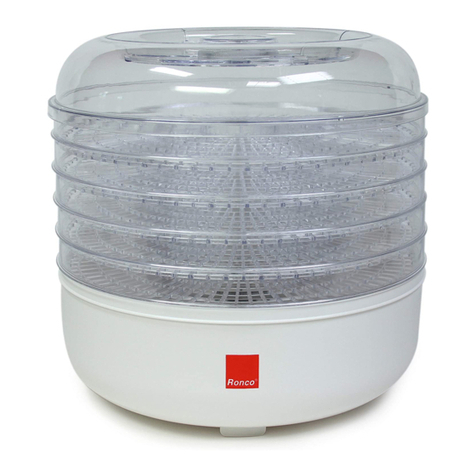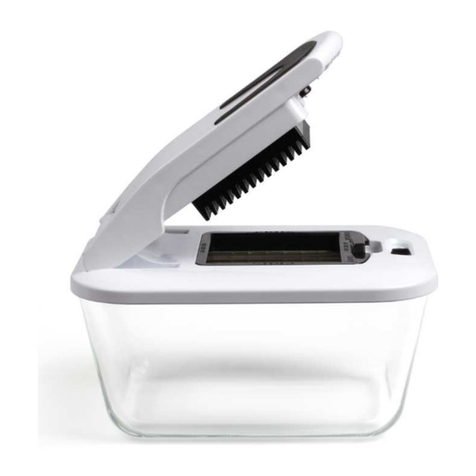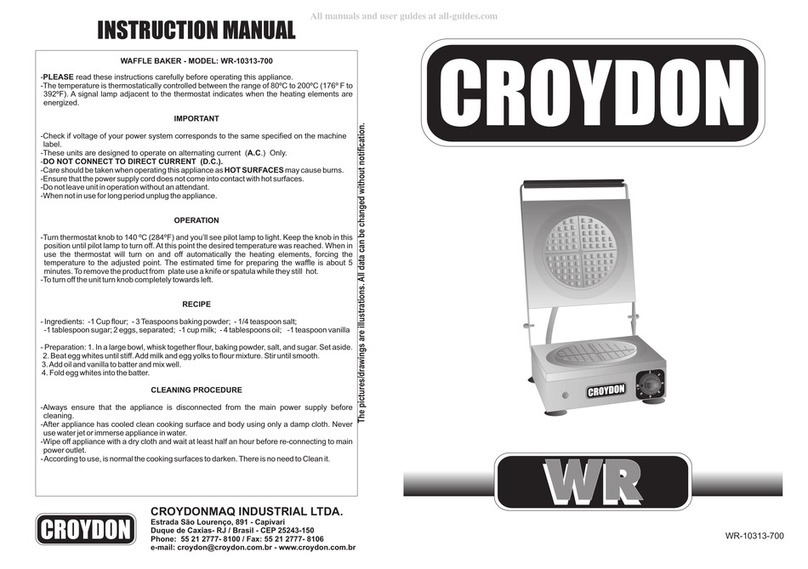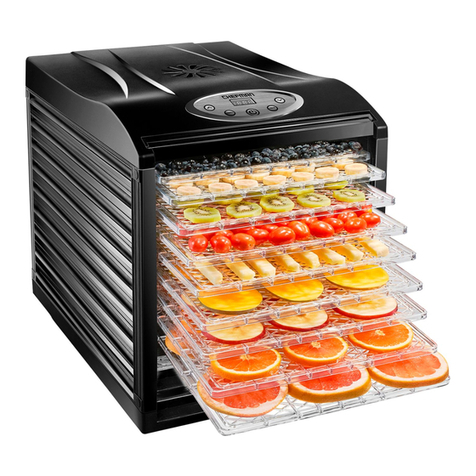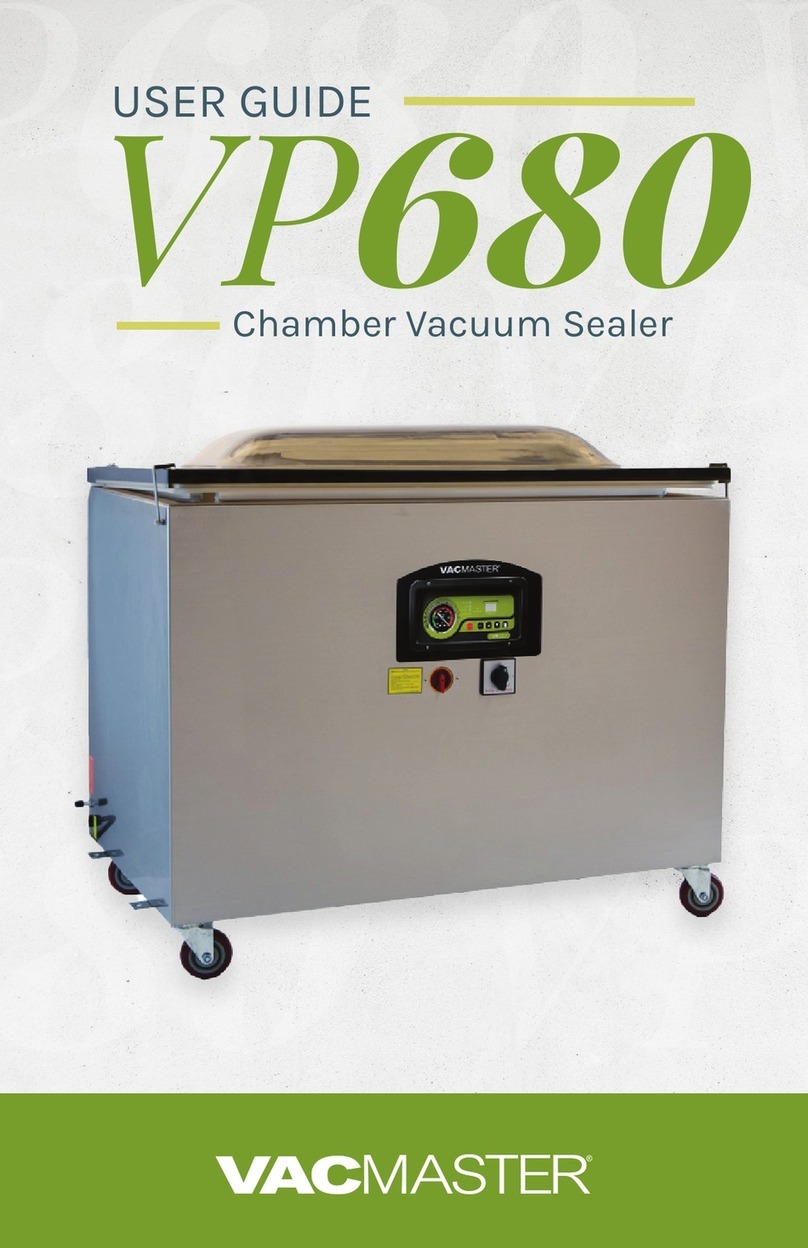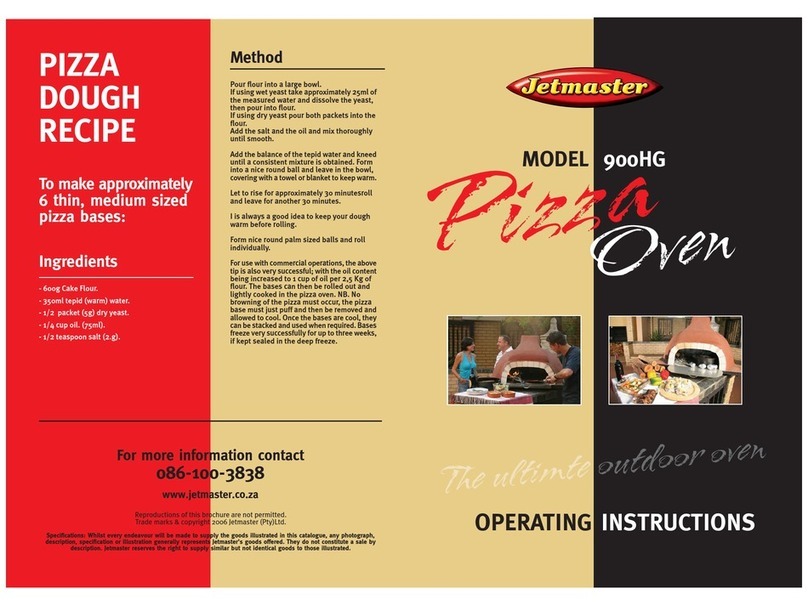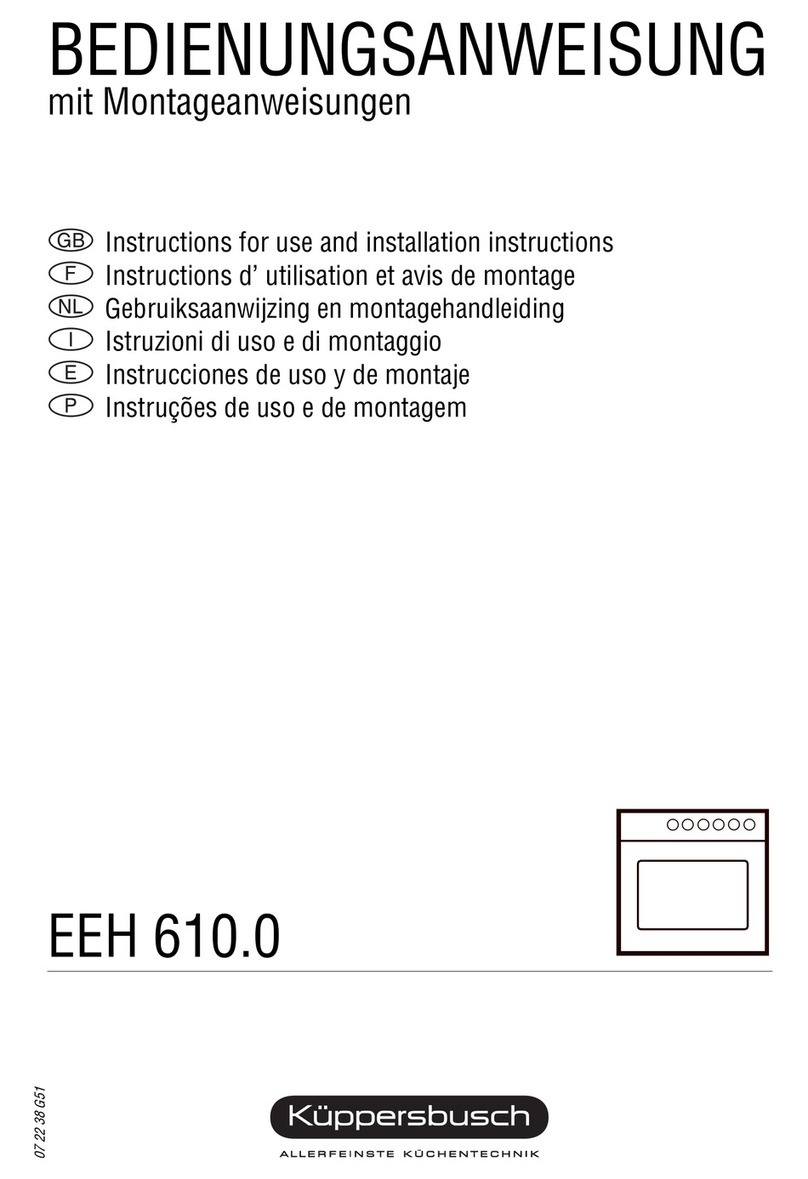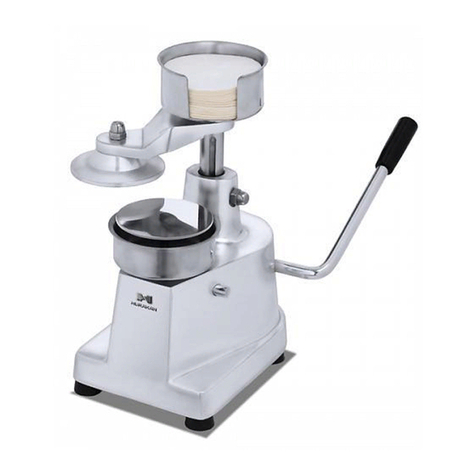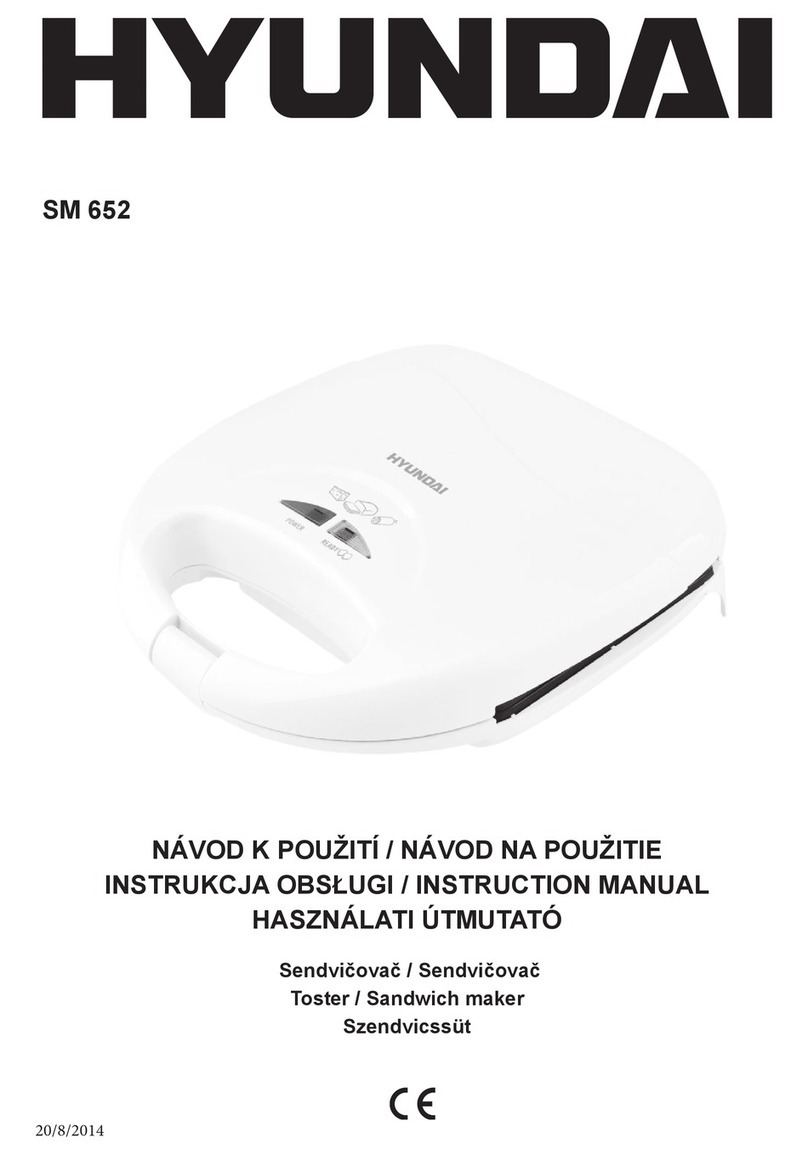
5
EN
If, for accidental reasons, “CE LABELLING” was
damaged, detached from the machine or simply
manufacturer’s seal removed, client must inform
manufacturer.
3. Special Safety Regulations
Every interaction operator-machine, as part of the
intended use and all machine’s life long, has been
carefully and completely analysed by the manu-
facturer during project, production and in manual
writing phases. Despite this, it being understood
that nothing can replace experience, good training
and, especially, “good sense” of those acting with
the machine. These last requirements are nec-
essary and fundamental either in every operative
phase or while reading this present manual.
The missing respect of the precautions and spe-
cific advises written in this manual, the use of the
machine by non-qualified personnel, violate any
security rule relevant to the project, production and
foreseen use and relieve the manufacturer from
any responsibility in case of damages to people or
things.
Manufacturer is not responsible for the lack of ob-
servance of safety precautions written in this man-
ual by the end user.
MACHINES’ SIGNS
On the machine you will find rating label and this
safety label (below).
Check they are not taken away or damaged.
Please strictly respect these recommendations:
• Do not ever touch metal parts of the machine
with wet or humid hands;
• Do not pull the cable or the machine itself to
unplug it;
• Do not allow children or non-capable people
to use the machine without supervision;
• Electrical safety of this machine is assured
only when it is plugged with a suitable ground-
ing plan as per current laws about electrical
safety; it is mandatory to double check this
fundamental characteristic and, if any doubt,
ask for a check-up by qualified personnel;
manufacturer can’t be considered responsi-
ble for eventual damages caused by a lacking
grounding plant;
• In case of a potential damage to the safety
grounding, the machine has to be complete-
ly switched off to avoid undesired and/or
non-voluntary activations;
• Always use protection fuses which comply
with current safety rules, with right value and
suitable mechanical characteristics;
• Avoid to use repaired fuses and the creation
of short circuits on the terminals which are on
the fuses-holders;
• Source cable of the machine does not have to
be replaced by the user; in case it gets dam-
aged or it needs to be changed, please ad-
dress exclusively to the manufacturer;
• Keep the cable far from hot sources;
• Always turn off and unplug the machine be-
fore starting with any cleaning procedure;
• Clean all surfaces, panels and control key
board with dry and soft tissues or lightly
soaked with a smooth detergent;
• Do not try to repair this machine. Please con-
tact an authorised customer care;
• A short cable is supplied to reduce the risk of
getting stuck or stumbling;
• The use of extension is not prohibited, but we
suggest to pay attention during the use. When
an extension is used, the electrical power of it
does not have to be lower than the machine’s
one;
• Operators are compelled to underline to their
direct managers any eventual deficiency and/
or potential dangerous situation that should
arise;
• User strictly has to quickly inform the man-
ufacturer if he finds defaults and/or mal-
functioning of accident prevention’s systems
